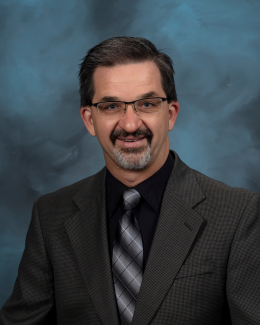Abstract
Characterizing proteins recovered from natural microbial communities affords the opportunity to
correlate protein expression and modification with environmental factors, including species
composition and successional stage. Proteogenomic and biochemical studies of pellicle biofilms
from subsurface acid mine drainage streams have shown abundant cytochromes from the dominant
organism, Leptospirillum Group II. These cytochromes are proposed to be key proteins in aerobic
Fe(II) oxidation, the dominant mode of cellular energy generation by the biofilms. In this study, we
determined that posttranslational modification and expression of amino-acid sequence variants
change as a function of biofilm maturation. For Cytochrome579 (Cyt579), the most abundant
cytochrome in the biofilms, late developmental-stage biofilms differed from early-stage biofilms in
N-terminal truncations and decreased redox potentials. Expression of sequence variants of two
monoheme c-type cytochromes also depended on biofilm development. For Cyt572, an abundant
membrane-bound cytochrome, the expression of multiple sequence variants was observed in both
early and late developmental-stage biofilms; however, redox potentials of Cyt572 from these different
sources did not vary significantly. These cytochrome analyses show a complex response of the
Leptospirillum Group II electron transport chain to growth within a microbial community and
illustrate the power of multiple proteomics techniques to define biochemistry in natural systems.



